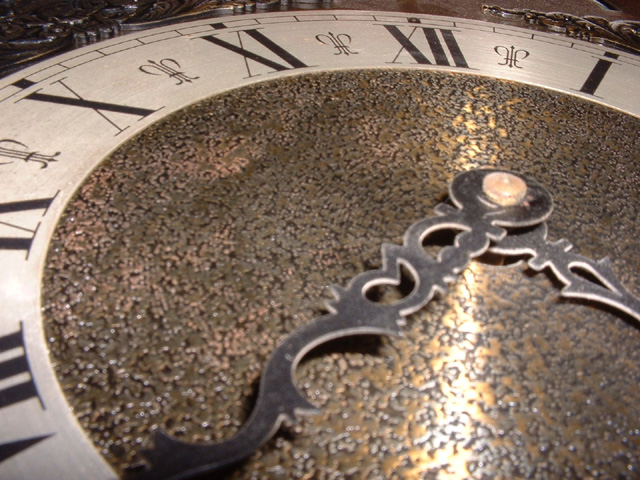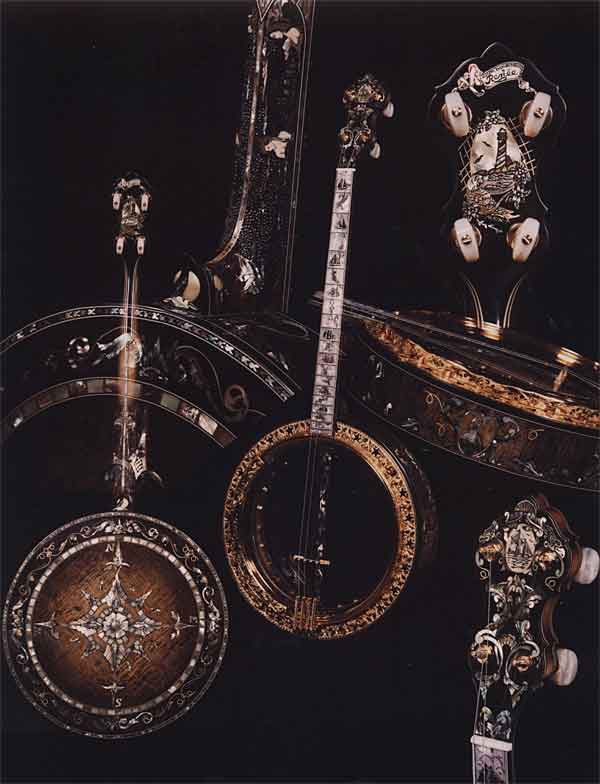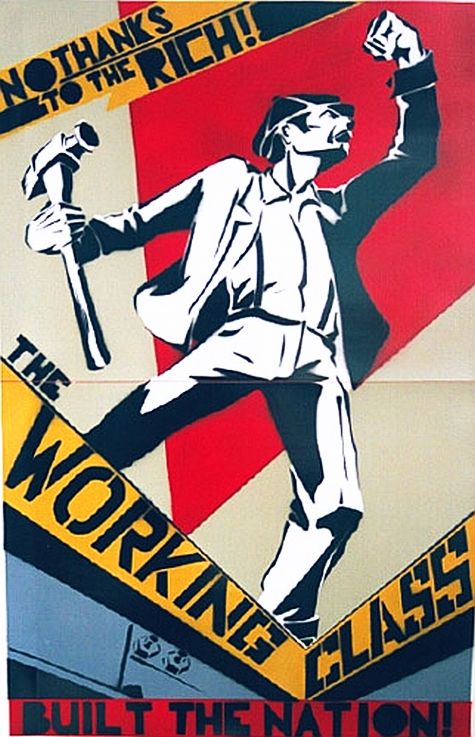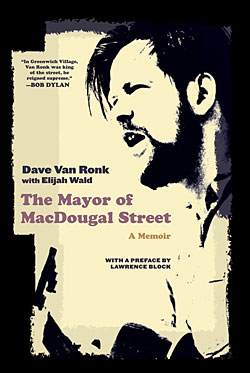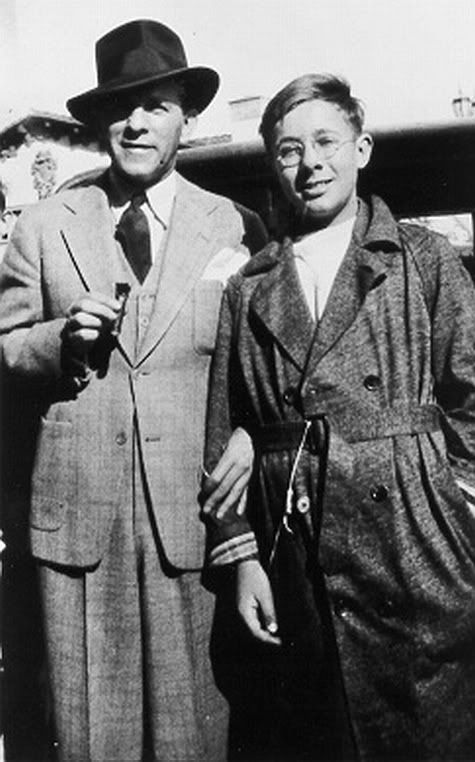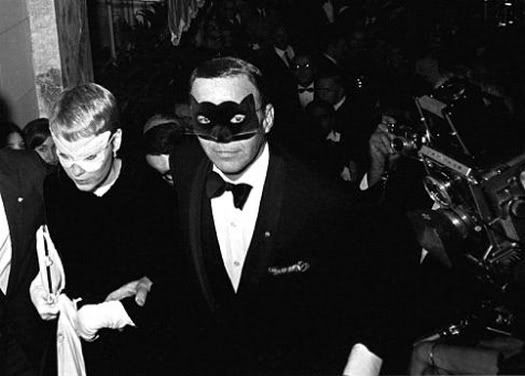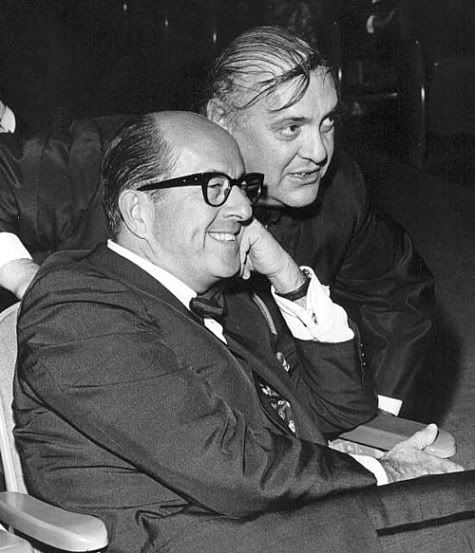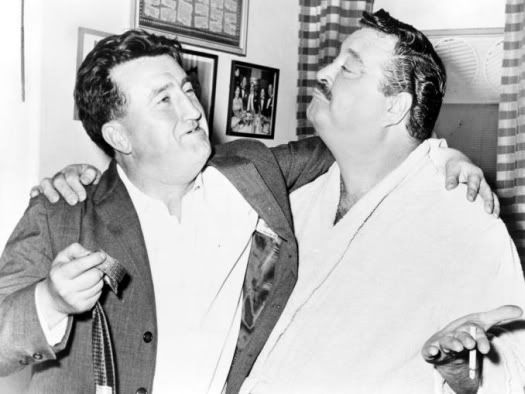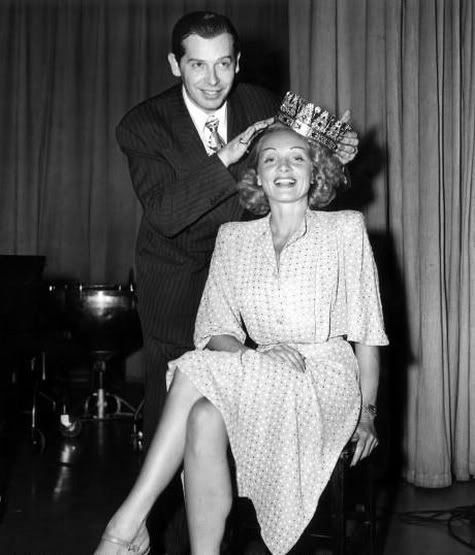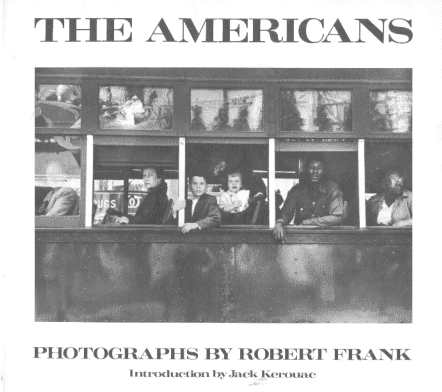
"Music is, by its very nature, essentially powerless to express anything at all. Music expresses itself." - Igor Stravinsky
"Never look at the trombones, it only encourages them." - Richard Strauss
"God tells me how the music should sound, but you stand in the way." - Arturo Toscanini to a trumpet player
"One of the perks of being an unemployed musician is that you get to play much less bad music." - Jack Daney
"In opera, there is always too much singing." - Claude Debussy
"Oh how wonderful, really wonderful opera would be if there were no singers!" - Gioacchino Rossini
"Hell is full of musical amateurs." - George Bernard Shaw
"The drummer drives. Everybody else rides!" - Panama Francis
"Some days you get up and put the horn to your chops and it sounds pretty good and you win. Some days you try and nothing works and the horn wins. This goes on and on and then you die and the horn wins." - Dizzy Gillespie on playing the trumpet
"Music is my mistress, and she plays second fiddle to no one." - Duke Ellington
"Jazz is the only music in which the same note can be played night after night but differently each time." - Ornette Coleman
"We never play anything the same way once." - Shelly Manne's definition of jazz musicians
"Someone who knows how to play the accordion, and doesn't." - Al Cohn's definition of a gentleman
"Music is a very hard instrument." - Vido Musso
"The only tune they play in 4/4 is 'Take Five!'" - unknown, talking about the Don Ellis band
"If I could play like Wynton (Marsalis), I wouldn't play like Wynton." - Chet Baker
"I'm too old to pimp and too young to die so I'm just gon' keep playin'." - Clark Terry
"Don't bother to look, I've composed all this already." - Gustav Mahler, to Bruno Walter who had stopped to admire mountain scenery in rural Austria.
"I would rather play Chiquita Banana and have my swimming pool than play Bach and starve." - Xavier Cugat
"Musicians talk of nothing but money and jobs. Give me businessmen every time. They really are interested in music and art." - Jean Sibelius, explaining why he rarely invited musicians to his home
"Only become a musician if there is absolutely no other way you can make a living." - Kirke Mecham, on his life as a composer
"I am not handsome, but when women hear me play, they come crawling to my feet." - Nicolo Paganini
"What is the voice of song, when the world lacks the ear of taste?" - Nathaniel Hawthorne
"Flint must be an extremely wealthy town: I see that each of you bought two or three seats." - Victor Borge, playing to a half-filled house in Flint, Michigan
"If one hears bad music it is one's duty to drown it by one's conversation." - Oscar Wilde [FINALLY! SOMEONE EXPLAINS ALL THE TALKING AT NET SHOWS!]
"Critics can't even make music by rubbing their back legs together." - Mel Brooks
"Life can't be all bad when for ten dollars you can buy all the Beethoven sonatas and listen to them for ten years." - William F. Buckley, Jr.
"You can't possibly hear the last movement of Beethoven's Seventh and go slow." - Oscar Levant, explaining his way out of a speeding ticket
"Wagner's music is better than it sounds." - Mark Twain
"Berlioz says nothing in his music, but he says it magnificently." - James Gibbons Hunekar
"If a young man at the age of twenty-three can write a symphony like that, in five years he will be ready to commit murder." - Walter Damrosch on Aaron Copland
"There are still so many beautiful things to be said in C major." - Sergei Prokofiev
"I never use a score when conducting my orchestra. Does a lion tamer enter a cage with a book on how to tame a lion?" - Dimitri Mitropolous
"Already too loud!" - Bruno Walter at his first rehearsal with an American orchestra, on seeing the players reaching for their instruments
"I really don't know whether any place contains more pianists than Paris, or whether you can find more asses and virtuosos anywhere." - Frederic Chopin
"When she started to play, Steinway himself came down personally and rubbed his name off the piano." - Bob Hope, on comedienne Phyllis Diller
"I think popular music in this country is one of the few things in the twentieth century that has made giant strides in reverse." - Bing Crosby
"A ponderous orchestral absurdity." - Frank Zappa on his rock symphony debuted by the Los Angeles Philharmonic
"The bottom line of any country is, what did we contribute to the world? We contributed Louis Armstrong." - Tony Bennet










